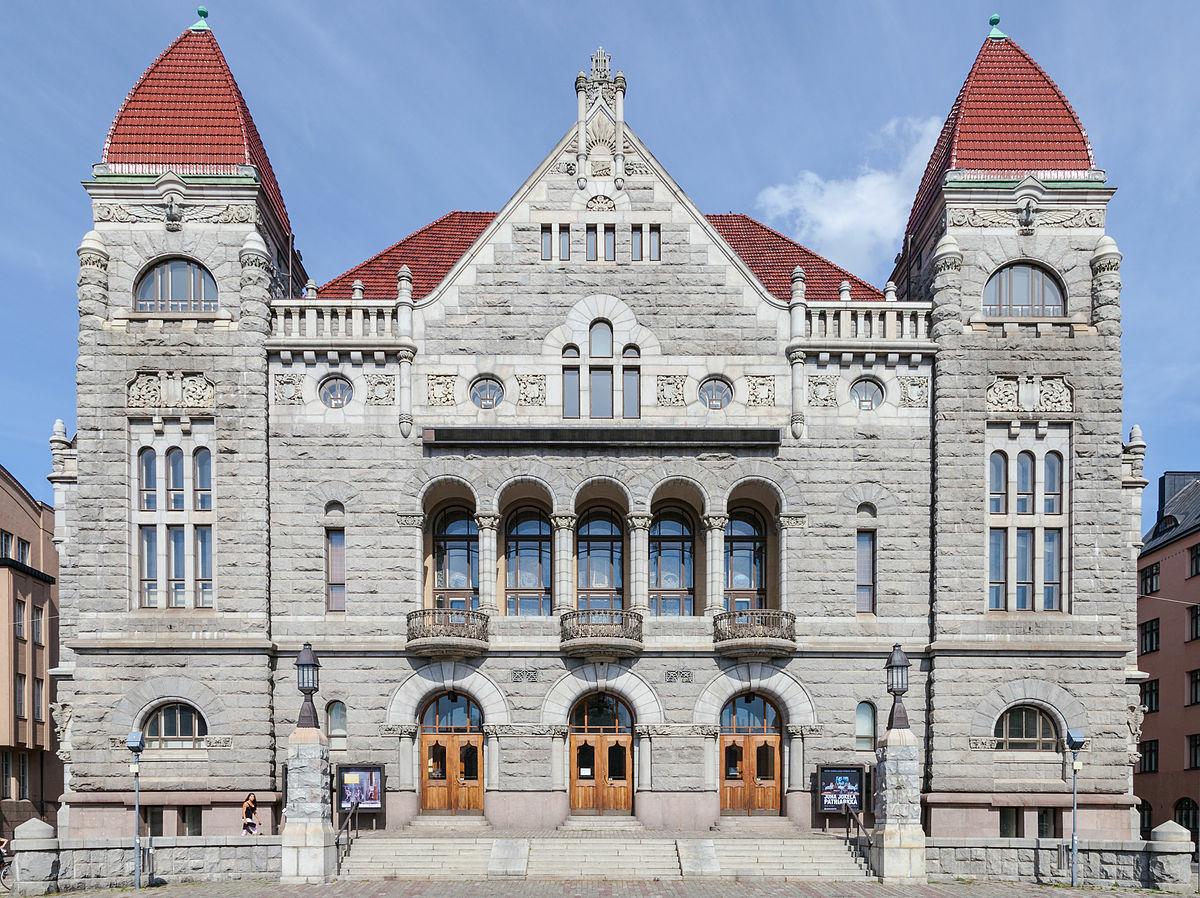EDITOR'S CORNER: Does Investing in Defence Encourage War?
This week, I want to delve into an intriguing topic that recently caught my attention. It’s the idea that prioritizing investments in defense over peace initiatives might drive nations toward preparing for war rather than fostering peace. The well-known Latin phrase, “Si vis pacem, para bellum,” meaning “If you want peace, prepare for war,” captures this paradox.
There’s a clear rationale behind why countries allocate significant resources to acquiring cutting-edge defense technology, sustaining well-trained and well-equipped military forces, and developing robust defensive infrastructures. Yet, it begs the question: does this focus on defense inadvertently undermine efforts to preserve peace and maintain stability?
UKRAINE AND GAZA PUSHING COUNTRIES TO ARM
The recent wars in Ukraine and Gaza have made one thing clear: strong defense systems play a huge role in keeping nations secure. This lesson is especially relevant for smaller countries like the Baltic states, which have a long history of tensions with Russia. Nations like Latvia, Estonia, and Poland have responded by stepping up their military preparedness, often spending well beyond NATO’s recommended 2% of GDP. They’re reinforcing borders with dragon’s teeth, building bunkers, and making sure their forces are ready—just in case.
But here’s the big question: does all this defense spending actually make a country safer, or does it risk escalating tensions? Supporters argue that a strong military presence sends a clear message—any attack will be met with serious resistance. On the other hand, critics worry that these moves might look more like provocation than protection, making diplomacy even harder.
It all comes back to the age-old dilemma: do you keep the peace by preparing for war, or does focusing too much on defense push the world closer to conflict?
DOES THIS MEAN WE ARE FORGETTING PEACE AND DIPLOMACY ?
But here’s the real question: does ramping up military readiness actually make a country safer, or does it just fuel the very tensions it’s meant to prevent? Defense spending is often justified as a way to protect national sovereignty, but it can just as easily be seen as a provocation—pushing rival nations to respond with their own military build-ups. Critics argue this kind of arms race only deepens mistrust, making real dialogue and de-escalation even harder.
There’s also the issue of where all that money is coming from. When defense budgets grow, other priorities—like diplomacy, education, and economic development—often take a hit. This was made clear when Dutch Prime Minister Mark Rutte suggested EU leaders should shift funding from social services to defense, even going so far as to say that if they weren’t willing to do so, they might as well “go to New Zealand or take out their Russian language pocket books.” For many people, especially in times of relative peace, it’s hard to justify cutting pensions or healthcare to pay for more tanks and missiles. It’s a tough trade-off that raises a crucial question about what truly makes a nation strong.
That said, just because things seem calm doesn’t mean countries should let their guard down. If history has shown anything, it’s that being prepared can often prevent conflict rather than invite it. Strength can serve as a deterrent, and investing in defense during peaceful times can help ensure resilience when challenges arise.
But here’s the thing—defense spending and peace-building don’t have to be at odds. Diplomacy and dialogue should always be front and center in preventing conflict. A smart approach balances military readiness with efforts to foster stability through cooperation. Being prepared and pushing for peace aren’t mutually exclusive—if anything, they work best when they go hand in hand.
WHERE TO GO FROM HERE?
Western countries must seriously consider calls for increased defense spending in light of rising global tensions. NATO leaders, including France's President Macron, Polish Prime Minister Donald Tusk, and NATO General Secretary Mark Rutte, have emphasized the need for higher defense budgets. Even U.S. President-elect Donald Trump has proposed a bold 5% NATO spending threshold. While this level of spending may be unrealistic for many nations, aiming for at least 3% of GDP seems both achievable and prudent.
Such investment isn’t about preparing for inevitable conflict with powers like Russia or China but about ensuring preparedness and deterrence should these nations act aggressively. There is enough evidence to show that these belligerent countries are preparing, and we need to do the same in the West.
CONCLUSION
Balancing defense spending with peace-building efforts is key to keeping nations both strong and secure. A well-equipped military acts as a deterrent, sending a clear message that any threat to sovereignty will be met with firm resistance. But defense alone isn’t enough—investing in diplomacy and cooperation helps address tensions before they turn into full-blown conflicts. By prioritizing both, countries can prepare for the worst while working to prevent it from ever happening.
But security isn’t just about weapons and negotiations. Economic stability, technological advancements, and strong international alliances all play a huge role in keeping a nation resilient. Strengthening supply chains, boosting cybersecurity, and fostering economic partnerships can create stability that goes beyond military force. True security isn’t just about preventing war—it’s about building a future where peace and stability are the norm, not the exception.




Comments
Post a Comment